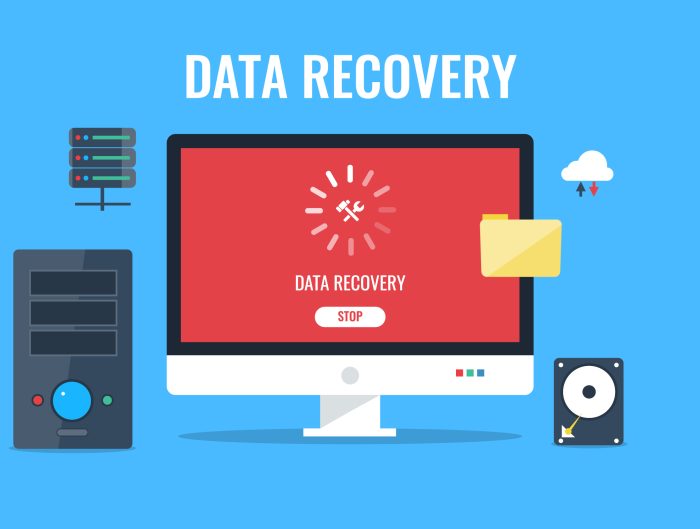With global energy consumption rising and the demand for sustainability at an all-time high, the renewable energy market is experiencing explosive growth. According to the International Energy Agency (IEA), renewables will account for over 90% of global electricity capacity growth by 2027. But for solar panels, wind turbines, and battery systems to operate at peak performance, they need more than just hardware—they need intelligent software.
From predictive maintenance to grid integration and energy trading, software is transforming how renewable energy systems function, scale, and deliver value. In this blog, we explore the top software solutions revolutionizing the sector and why businesses are investing heavily in digital innovation.
Industry Challenges in Renewable Energy
Despite its growth, the renewable energy industry faces several operational and scalability issues:
- Intermittent Power Supply: Solar and wind are not always predictable. Managing variability requires intelligent forecasting and balancing.
- Grid Integration: Distributed energy resources (DERs) must seamlessly integrate with the main grid while maintaining stability.
- Asset Management: Monitoring and maintaining equipment across large geographic areas is resource-intensive.
- Data Overload: Devices like smart meters, sensors, and turbines generate massive data—often underutilized.
- Sustainability Compliance: Meeting ESG and government reporting standards requires accurate, real-time data collection and traceability.
To solve these challenges, software is the key enabler.
The Role of Software in Powering Renewable Energy
Software is transforming energy infrastructure from passive systems into intelligent, automated ecosystems. Whether it’s for energy producers, grid operators, or end consumers, software helps streamline operations, minimize downtime, and improve ROI.
Here’s how:
- Automation: SCADA and IoT-powered tools reduce the need for manual intervention.
- Predictive Analytics: AI forecasts energy output, detects equipment failures, and optimizes asset performance.
- Smart Grids: Real-time software monitors load balancing and supply-demand fluctuations.
- Customer Engagement: Software platforms offer users access to live data, billing, and usage insights.
- Energy Trading: Platforms enable dynamic pricing, peer-to-peer trading, and blockchain-based contract execution.
Key Software Solutions Revolutionizing Renewable Energy
1. Energy Management Systems (EMS)
EMS platforms enable producers and distributors to monitor generation, consumption, and storage. Features include:
- Load forecasting
- Real-time performance monitoring
- Automated fault detection
- Renewable integration optimization
2. Grid Simulation and Forecasting Tools
These tools use historical data and weather forecasts to:
- Predict solar irradiation and wind speeds
- Balance grid load and generation
- Prevent blackouts due to supply-demand mismatch
3. IoT-Enabled Monitoring Platforms
IoT sensors feed real-time data from field assets to centralized dashboards. Operators can track:
- Turbine rotations
- Panel tilt angles
- Battery health
- Environmental conditions
4. Asset Maintenance and Predictive Diagnostics
AI-powered software learns from historical data to forecast:
- Equipment wear and tear
- Probability of failures
- Maintenance schedules
This reduces downtime and maintenance costs.
5. Blockchain-Based Energy Marketplaces
Blockchain ensures transparent and secure peer-to-peer energy transactions, particularly for communities using microgrids or solar sharing programs.
- Traceable green energy purchases
- Tamper-proof data
- Smart contract automation
Why Custom Software Is Gaining Traction
While off-the-shelf tools exist, the complexity and diversity of renewable energy systems often require tailored solutions. That’s why many companies turn to custom software development Canada teams that can build platforms aligned with their operational needs, regulatory frameworks, and growth models.
Custom software provides:
- Scalability: Systems that grow with energy networks
- Integration: Smooth interoperability with sensors, meters, and legacy systems
- Security: High-grade protection for critical infrastructure
- Localization: Features tailored to local markets, compliance rules, and languages
Use Case: Scalable Solar Monitoring Platform
A Canadian solar energy startup partnered with a development team to build a full-stack monitoring and analytics platform. The custom solution included:
- Mobile and web apps for clients
- Real-time system health tracking
- Automated shading analysis
- Predictive maintenance alerts
- Customer billing and service tracking
After rollout, the company reduced customer support tickets by 35% and improved system uptime by over 20%.
Conclusion
The future of energy is clean, decentralized, and digitally driven. Software is not just supporting this transformation—it’s accelerating it. From smart grid coordination to user-centric mobile platforms, software empowers renewable energy companies to innovate, scale, and lead.
For companies in the clean energy space, investing in the right digital infrastructure can make the difference between staying competitive and falling behind. And with trusted partners like Ditstek Innovations, building smart, scalable platforms is more accessible than ever.
FAQs
1. What are the most important features of energy management software?
Real-time monitoring, load forecasting, performance analytics, and integration with grid systems are essential features.
2. Can renewable energy systems operate without software?
Technically, yes—but they lack efficiency, automation, and visibility. Software enhances performance, maintenance, and profitability.
3. How is AI used in renewable energy?
AI helps with predicting energy output, detecting faults early, optimizing asset usage, and enabling dynamic pricing models.
4. Are there software platforms for small-scale solar or wind farms?
Yes. Many custom and modular platforms exist to serve SMBs, community grids, and co-ops with similar needs as utility-scale operations.
5. Is it safe to manage critical energy infrastructure through cloud software?
Yes—modern platforms use encryption, firewalls, and security protocols aligned with global standards like ISO/IEC 27001.



Leave A Reply